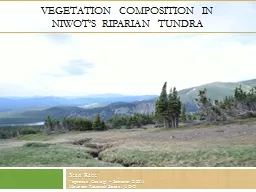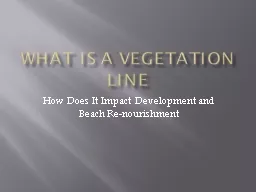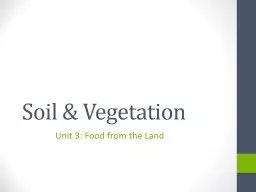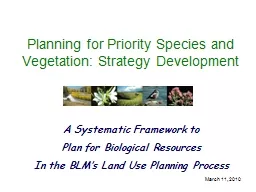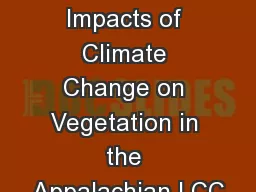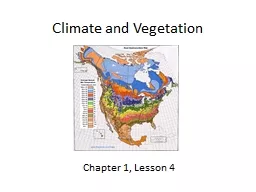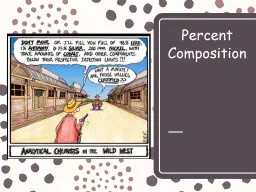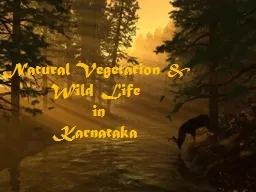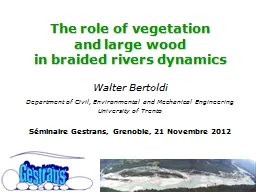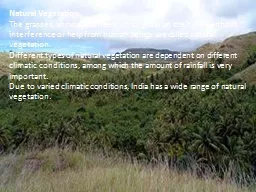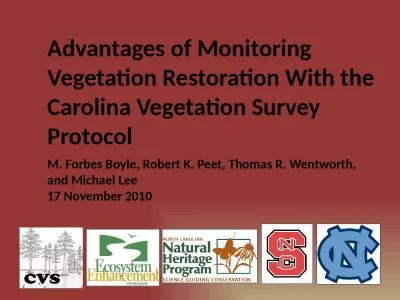PPT-Vegetation Composition in
Author : lois-ondreau | Published Date : 2016-04-08
Niwots Riparian Tundra Sean Race Vegetation Ecology Semester B 2014 Mountain Research Station UCB Introduction Question Does proximity of riparian area in alpine
Presentation Embed Code
Download Presentation
Download Presentation The PPT/PDF document "Vegetation Composition in" is the property of its rightful owner. Permission is granted to download and print the materials on this website for personal, non-commercial use only, and to display it on your personal computer provided you do not modify the materials and that you retain all copyright notices contained in the materials. By downloading content from our website, you accept the terms of this agreement.
Vegetation Composition in: Transcript
Download Rules Of Document
"Vegetation Composition in"The content belongs to its owner. You may download and print it for personal use, without modification, and keep all copyright notices. By downloading, you agree to these terms.
Related Documents

